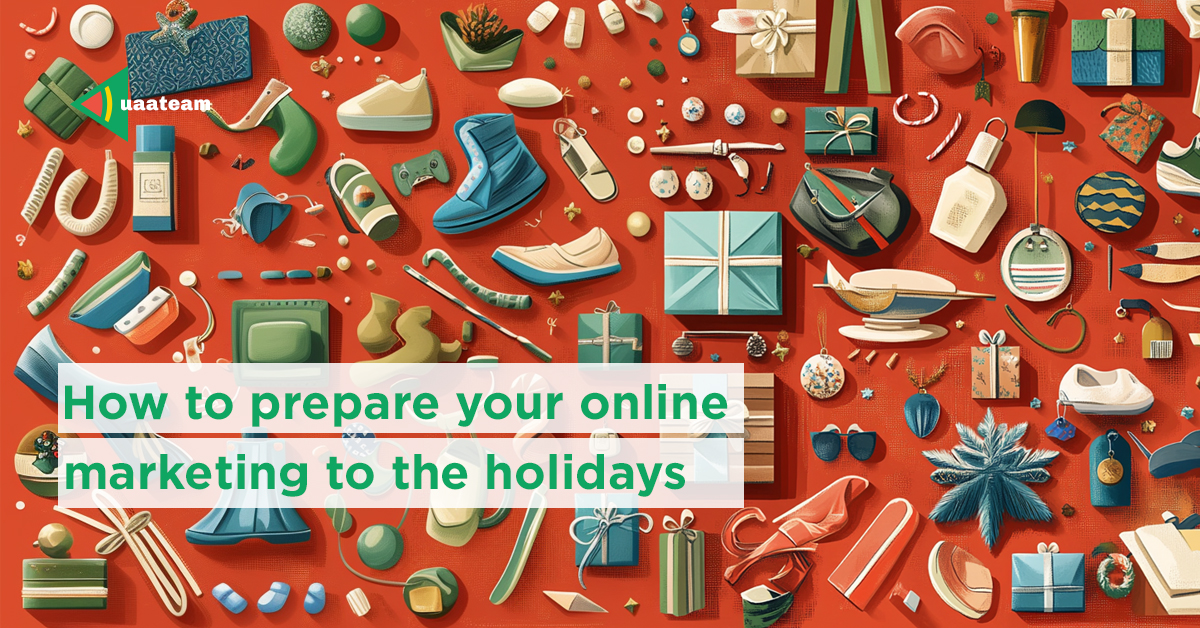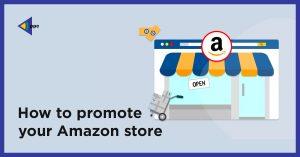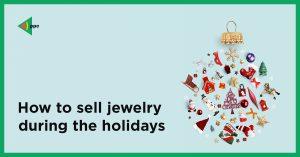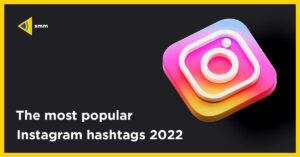
Autumn and the early winter months mark the busiest season for many businesses. Starting with Halloween, we encounter a series of key shopping days that drive massive sales. For some businesses, the revenue generated during this period surpasses the rest of the year combined. The major dates include Halloween, Black Friday, Cyber Monday, Thanksgiving, Christmas, and New Year.
To succeed during these crucial days, preparation is essential. This means ensuring your marketing strategy, sales team, and technical infrastructure are ready to handle the surge. I recall an experience where our website and checkout system crashed on Black Friday due to overwhelming traffic. To prevent it from happening again, we migrated to new servers to ensure smooth operations during peak times.
Let’s break down the most critical aspects you need to prepare to attract more customers and boost sales during this high-stakes season.
Black Friday and Holiday Marketing and Advertising
Major brands invest millions in their commercials and promotions aired during events like Powerball, Black Friday, and Christmas. Take, for instance, the John Lewis Christmas adverts, known for their yearly festive commercials that focus more on storytelling than direct sales.
However, since our focus is primarily on marketing and advertising for small and medium businesses, let’s explore what strategies can be effective for them.
Developing a Holiday Advertising Strategy
Begin by collaborating with your marketing and sales team several months in advance. It’s crucial to invest time in researching and understanding the sources and search queries that drive sales for your business. Identify your best sellers, as these will be key products you’ll want to promote. Essential elements of your holiday marketing strategy should include:
- Traffic Sources: Decide which platforms you will utilize.
- Advertising Types: Determine the nature of the ads you will launch.
- Creative Needs: Prepare necessary materials such as banner ads, images, photos, videos, etc.
- Discounts: Plan the types of discounts you’ll offer and their duration.
- Budget: Establish how much you are willing to invest in this season.
Analyzing Traffic Sources for an Average E-commerce Business
First, identify the traffic sources that are most effective for you. This can typically be done using tools like Google Analytics or the built-in analytics features provided by platforms like Shopify. Your list of sources might include Google Ads, META ads, TikTok or Pinterest ads, SEO and email marketing platforms such as Klaviyo, Mailchimp, or Omnisend.
For this analysis, select a timeframe of 90-180 days to avoid fluctuations due to spikes or seasonal changes and examine:
- Average RPT (Revenue Per Transaction)
- Number of Transactions from Each Channel
- ROAS (Return on Ad Spend) by Channel
- Revenue from Each Specific Channel
- Cost Per Transaction
Additionally, consider leveraging tools like ChatGPT with its analysis capabilities to expedite and enhance your data review. For instance, our analysis suggested that we should also test Bing Ads, as it has shown the highest Average Order Value (AOV).


You’ll also need to create advertising materials tailored to your offers for various platforms:
- For Google Ads / Bing Ads: Prepare banners, images, and a product feed.
- For Email Marketing: Create banners, GIFs, and images, and segment your audience accordingly.
- For META Ads: Design banners and videos, and set up a product feed with discounts tailored to specific audience groups.
- For TikTok and Pinterest: Develop videos and images that align with your offer and timing.
As it’s rapid sales season you should concentrate on the traffic sources that can generate you quick results. So continue to invest in website SEO optimization as usual and increase the budget for paid traffic sources.
Additionally, remember to update your website. At a minimum, consider setting up a homepage banner or creating a landing page that details promotional rules, like this:

Don’t forget to double-check your conversion tracking to be sure that everything works properly.
The sales team should be ready for the Holiday season
As Black Friday and the holiday season approaches, preparing your sales team is crucial to capitalize on this peak shopping period. A well-prepared team can significantly enhance customer experiences, boost sales efficiency, and maximize revenue. Here’s a comprehensive guide on how to get your sales team ready for the busiest time of the year.
Motivate your sales team by setting clear, achievable goals. Consider implementing incentive programs that reward team members for surpassing sales targets. Incentives could range from bonuses and gift cards to extra days off. These rewards not only boost morale but also encourage healthy competition within the team.
Review and update your sales protocols to accommodate the expected increase in customer inquiries and transactions. Make sure your team understands any product or service features you selling. Clarity in processes will minimize confusion and delays during critical times.
Your sales team knows how important is this period for your business, so don’t hesitate to ask them what you can do for them to help to be effective during this period. Strong and healthy sales team is important.
Prepare your inventory for the holiday season
Based on the sales analysis you did before, determine which products to prioritize. Consider diversifying your inventory to include both bestsellers and new items that may attract customers. Also, think about bundling products to increase average order values. Ensure you have a good mix of high-margin products and promotional items. The most important thing during the holiday season is speed. You and your team have quickly processed new orders and shipped them to customers.
To avoid stockouts, set up safety stock levels for your most popular products. Safety stock acts as a buffer in case of unexpected spikes in demand or supply chain disruptions. While you don’t want excess inventory tying up capital, having a little extra can prevent missed sales opportunities.
With increased sales, you’ll likely see an uptick in returns. Ensure that you have a clear returns policy in place and that your system can handle the processing of returned goods. Have a plan for restocking returned items quickly if they are in sellable condition.
Check your hardware to be ready for the holiday sales season
Keep your customers informed about the availability of items. Update your website in real time to reflect current stock levels. If supply issues arise, communicate these promptly to customers, and offer alternatives to keep them satisfied.
Check your web hosting or server to be sure that it has enough capacity to be strong during the peaks. It would be incredibly frustrating to invest significant time, effort, and money into preparing for the season, only to lose sales due to a website or checkout failure. Your hardware should be ready to be strong with x2 or x3 from usual number of traffic.
Preparing your online marketing for Black Friday is crucial to maximize sales during the year’s biggest shopping event. This article provides actionable strategies to optimize your campaigns, attract more customers, and ensure your website and ads perform seamlessly under increased traffic. From tailoring your promotions and crafting engaging ad copy to analyzing past performance and leveraging retargeting, these tips will help you create a winning marketing plan. Get ready to boost your brand’s visibility and revenue this Black Friday!








Comments 0